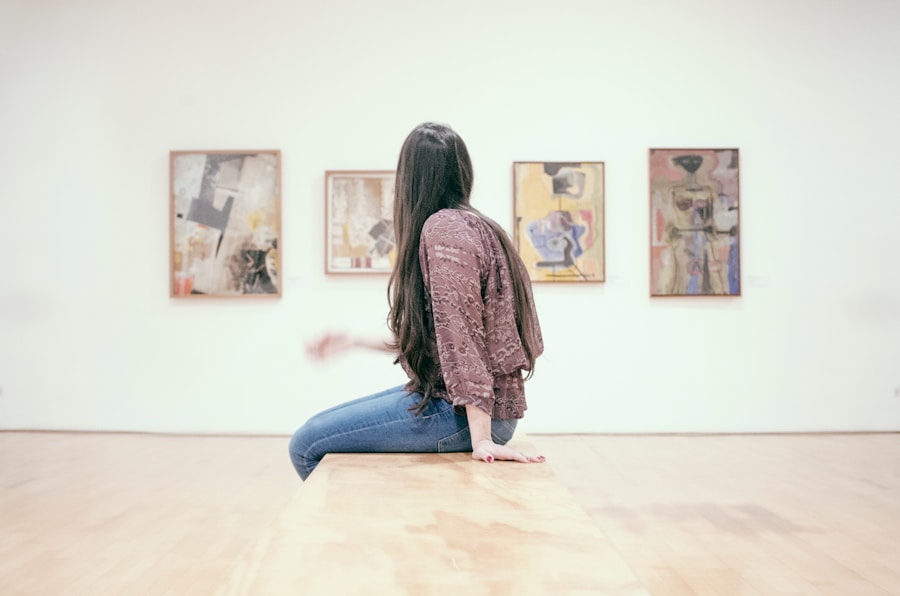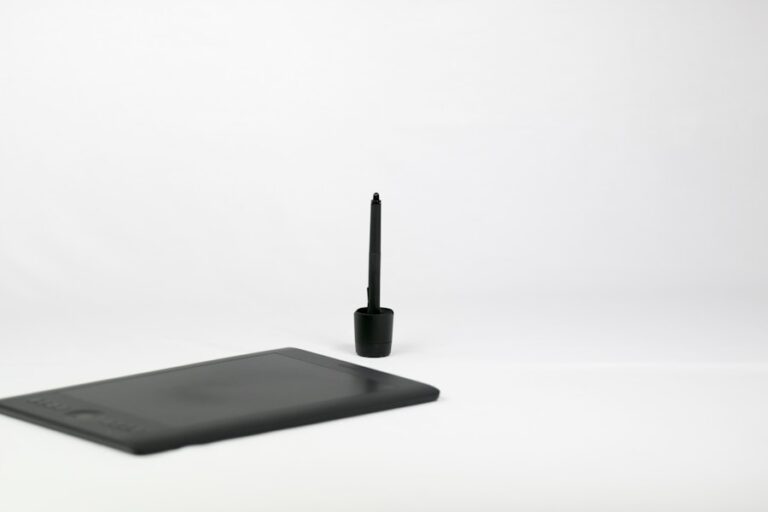Ascending to New Heights: The Evolution of Digital Art and its Place in Creative Heaven
Digital art has a rich and fascinating history that dates back to the 1950s, when artists and scientists began to experiment with computer technology as a means of creating visual art. One of the earliest pioneers of digital art was Ben Laposky, who used an oscilloscope to create abstract electronic images in the late 1950s. Another key figure in the early development of digital art was Frieder Nake, a German mathematician who created some of the first computer-generated artworks in the early 1960s. These early experiments with computer technology laid the groundwork for the development of digital art as a distinct and influential artistic medium.
As computer technology continued to advance throughout the 1970s and 1980s, artists began to explore the creative possibilities of digital tools and software. One of the most significant developments during this time was the invention of the personal computer, which made digital art more accessible to a wider range of artists. This led to a surge in experimentation and innovation, as artists began to push the boundaries of what was possible with digital technology. By the 1990s, digital art had firmly established itself as a legitimate and influential artistic medium, with artists such as John Maeda and Manfred Mohr gaining recognition for their pioneering work in the field.
The Rise of Digital Art: How technology has transformed the creative landscape
The rise of digital art has been closely intertwined with the rapid advancement of technology over the past few decades. The development of powerful computers, sophisticated software, and high-resolution digital displays has revolutionized the way artists create and share their work. Digital tools such as Adobe Photoshop and Illustrator have become essential for many artists, allowing them to manipulate images, create complex compositions, and experiment with different visual effects. In addition, the internet has provided a platform for artists to share their work with a global audience, breaking down traditional barriers to entry in the art world.
The rise of digital art has also had a profound impact on the way we consume and interact with visual culture. The proliferation of digital images and videos on social media platforms has transformed the way we experience art, blurring the lines between traditional and digital mediums. This has led to a democratization of art, as artists are able to reach new audiences and engage with diverse communities online. The rise of digital art has also sparked new conversations about the nature of creativity and authorship in the digital age, as artists grapple with questions about originality, appropriation, and the role of technology in the artistic process.
Digital Art in the Modern Age: Exploring the impact of digital art on contemporary culture and society
In the modern age, digital art has become an integral part of contemporary culture and society, influencing everything from advertising and entertainment to politics and activism. Digital art has played a key role in shaping our visual landscape, with artists using digital tools to create immersive installations, interactive experiences, and large-scale public artworks. This has led to a reimagining of traditional art spaces, as museums and galleries embrace new technologies and incorporate digital art into their programming.
Digital art has also had a significant impact on popular culture, with artists such as Banksy and Shepard Fairey using digital tools to create iconic images that have resonated with audiences around the world. In addition, digital art has become a powerful tool for social and political commentary, with artists using their work to address issues such as climate change, social justice, and human rights. This has led to a reevaluation of the role of art in society, as digital artists continue to push boundaries and challenge established norms.
The Intersection of Technology and Creativity: How digital tools have revolutionized the artistic process
The intersection of technology and creativity has fundamentally transformed the way artists approach their work, opening up new possibilities for experimentation and innovation. Digital tools such as 3D modeling software, virtual reality platforms, and generative algorithms have allowed artists to explore new forms of expression and create immersive experiences that were previously unimaginable. This has led to a redefinition of what it means to be an artist in the digital age, as creators embrace new technologies and push the boundaries of traditional artistic disciplines.
The use of digital tools has also revolutionized the way artists collaborate and communicate with one another, breaking down geographical barriers and fostering new forms of creative exchange. Online platforms such as Behance and DeviantArt have provided artists with a space to showcase their work, connect with other creators, and receive feedback from a global community. This has led to a reimagining of artistic communities, as digital artists come together to share resources, support one another, and push the boundaries of what is possible with technology.
Digital Art in the Mainstream: The growing acceptance and recognition of digital art in the art world
In recent years, there has been a growing acceptance and recognition of digital art in the mainstream art world, as museums, galleries, and collectors embrace new forms of artistic expression. Digital artworks are increasingly being included in major exhibitions and biennials, with institutions such as the Whitney Museum of American Art and the Tate Modern dedicating space to showcasing digital art. This has led to a reevaluation of traditional notions of art and beauty, as curators and collectors recognize the value of digital works alongside more traditional mediums.
The growing acceptance of digital art in the mainstream has also led to new opportunities for artists to monetize their work, with collectors and patrons investing in digital pieces as part of their collections. This has led to a reimagining of the art market, as digital artworks are bought and sold through online platforms and blockchain technology, challenging established models of ownership and provenance. As a result, digital artists are gaining recognition for their work and finding new ways to sustain their practice in an increasingly competitive industry.
The Future of Digital Art: Predicting the next frontier for digital creativity
As technology continues to advance at an exponential rate, the future of digital art holds endless possibilities for innovation and experimentation. Artists are already exploring new frontiers in virtual reality, augmented reality, artificial intelligence, and biotechnology, creating immersive experiences that challenge our perceptions of reality and consciousness. This has led to a reimagining of what it means to be an artist in the 21st century, as creators embrace new technologies and push the boundaries of what is possible with digital tools.
The future of digital art also holds promise for new forms of collaboration and community building, as artists come together to explore shared interests and concerns. Online platforms such as Patreon and Kickstarter have provided artists with new ways to fund their projects, connect with audiences, and build sustainable careers. This has led to a reevaluation of traditional models of artistic production and distribution, as creators find new ways to engage with their communities and support one another in an increasingly interconnected world.
Embracing Digital Art: How artists and audiences can engage with and support the digital art movement
As digital art continues to gain momentum in contemporary culture and society, it is important for artists and audiences to engage with and support the movement in meaningful ways. For artists, this may involve embracing new technologies, collaborating with other creators, and advocating for greater recognition within established art institutions. For audiences, this may involve seeking out digital artworks, attending exhibitions and events dedicated to digital art, and supporting emerging artists through patronage or advocacy.
In addition, it is important for both artists and audiences to critically engage with questions about access, representation, and equity within the digital art world. As digital art becomes increasingly mainstream, it is essential to consider how different communities are represented within this space, as well as who has access to resources and opportunities. By actively engaging with these issues, artists and audiences can help shape a more inclusive and diverse future for digital art, ensuring that it continues to thrive as a vibrant and dynamic artistic medium.







